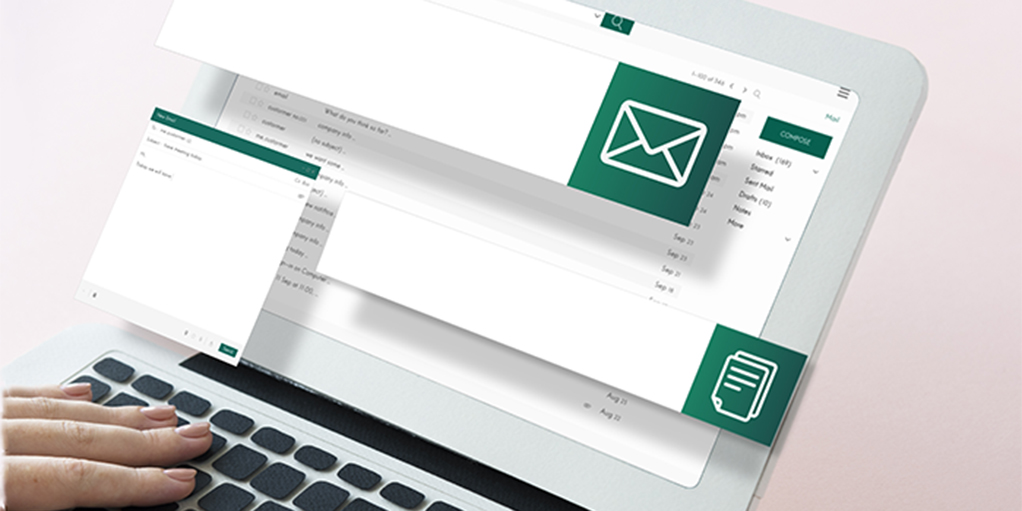Introduction
Email marketing remains one of the most successful ways to convert B2B leads into sales. Despite the proliferation of digital marketing platforms, email remains a direct, personalised, and quantifiable means to contact potential clients. Here’s how B2B email marketing can help transform leads into sales and boost your business growth.
Segment Your Audience
Successful B2B email marketing begins with audience segmentation. By segmenting your email list according to parameters like industry, you may create more focused, smaller groups. , company size, job role, or stage in the sales funnel, you can tailor your messages to meet each segment’s specific needs and interests. This raises the possibility of conversions by ensuring that your content is interesting and relevant.
Personalize Your Emails
Personalisation extends beyond simply using the recipient’s name. In B2B email marketing, it involves crafting content that addresses your leads’ unique challenges and pain points. Use data such as past interactions, purchase history, and website behavior to create personalized email campaigns. Personalized emails can significantly increase open and click-through rates, making your marketing efforts more effective.
Provide Valuable Content
B2B buyers are looking for solutions that can help their business grow. Providing valuable, informative content can position your company as a trusted resource. Share industry insights, case studies, whitepapers, and how-to guides that address your leads’ specific challenges. By delivering valuable content, you build trust and establish your brand as an authority in your field, which can significantly influence purchasing decisions.
Use a Multi-Step Drip Campaign
A drip campaign is a series of automated emails sent out at predetermined intervals to nurture leads through the sales funnel. These emails should be designed to educate and engage your leads over time. Start with a welcome email, followed by emails that provide increasingly detailed information about your products or services, success stories, and customer testimonials. A well-executed drip campaign keeps your brand top-of-mind and moves the lead closer to making a purchase.
Include Clear Call-to-Actions (CTAs)
Every email you send should have a clear and compelling call-to-action (CTA). Whether scheduling a demo, downloading a whitepaper, or signing up for a webinar, your CTA should guide the lead toward the next step in the buying process. Ensure your CTAs stand out visually and are easy to find within the email. A strong, clear CTA can significantly increase the chances of converting a lead into a sale.
Leverage Social Proof
Incorporating social proof into your emails can boost credibility and persuade leads to take action. Testimonials, case studies, and success stories from satisfied customers can demonstrate the value of your products or services. Including real-world examples of how your solutions have helped other businesses can alleviate concerns and build trust among potential buyers.
Optimize for Mobile
With an increasing number of professionals accessing emails on their mobile devices, ensuring your emails are mobile-friendly is crucial. Responsive design, concise subject lines, and clear, easily clickable links are essential for mobile optimization. Emails optimized for mobile devices can significantly improve user experience and engagement rates.
Analyze and Optimize
Continuous improvement is key to successful B2B email marketing. Use analytics tools to track the performance of your email campaigns. Metrics such as open rates, click-through rates, conversion rates, and unsubscribe rates provide insights into what’s working and needs adjustment. By routinely examining these metrics, you can improve the performance of your campaigns through optimisation.
A/B Testing
A/B testing involves sending two variations of an email to a small segment of your audience to determine which version performs better. You can test subject lines, email copy, CTAs, images, and send times. By understanding what appeals to your audience the most, A/B testing enables you to improve your emails for optimum effect.
Follow Up Strategically
Not all leads will convert immediately, and that’s okay. Strategic follow-up emails can help keep your leads engaged and move them closer to a sale. After a lead has interacted with your content, send follow-up emails that offer additional value or address any objections they may have. Tailored follow-ups can dramatically boost conversion rates and show your dedication to fulfilling their demands.
Conclusion
One effective strategy for converting leads into sales is B2B email marketing. You can build strong relationships and drive conversions by segmenting your audience, personalizing your messages, providing valuable content, and strategically nurturing your leads. Regular analysis and optimization ensure your campaigns stay effective and relevant. With the right approach, email marketing can be a cornerstone of your B2B sales strategy, delivering measurable results and driving business growth.
To know more about Social Media Marketing, Please visit https://paypercampaign.com





